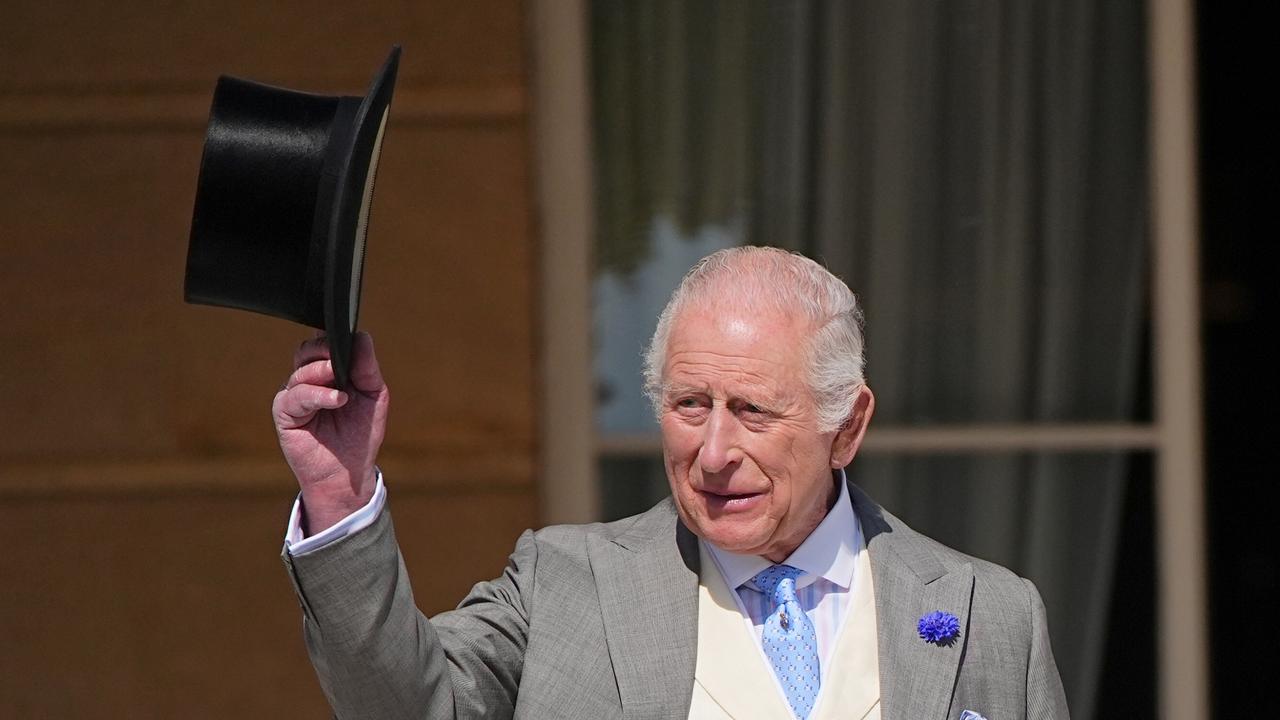Australian construction slump blamed on surge in building costs
Developers in Sydney and Melbourne are being forced to shelve the construction of new houses after a 30 per cent surge in building costs in the past two years.

Business
Don't miss out on the headlines from Business. Followed categories will be added to My News.
A surge of 30 per cent in residential construction costs over the past two years has prompted developers to shelve projects as property prices in Sydney and Melbourne flatline.
“Property developers are shelving projects because of soaring costs and lacklustre property prices. Some are even going bust,” KPMG urban economist Terry Rawnsley said in a statement.
“Both Victoria and NSW have increased demand for new dwelling approvals, but dwellings are far from materialising, due to significantly higher input costs and a potentially lower return on investment.”
A rash of construction companies have hit the wall including EQ Constructions in the NSW Southern Highlands as well as Privium Homes and Porter Davis in Queensland.
New ASIC figure reveal the number of construction-related firms entering administration has risen 73 per cent to 1672 across the country in the past year.
The new analysis by KPMG Australia reveals that almost 16,400 dwellings in NSW were approved but not yet commenced by the end of March, up from 13,800 at the same time last year.
The last time construction levels stalled with such a high number of approvals in NSW was in 2019, when developers were not commencing projects due to historically high vacancy rates (around 3.5 per cent in Sydney, compared to about 1.4 per cent today).
In Victoria, almost 10,500 dwellings were approved but construction had not yet commenced by the end of March, up significantly compared to 5,000 dwellings in March the prior year. Only December 2017, recorded a higher number (11,400) of dwellings not yet commenced.
Around three-quarters of the not-yet-commenced dwellings in NSW and Victoria are slated to be apartments or townhouses.
Queensland and Western Australia have not seen the same slowdown in residential construction, largely because house prices in those states have remained comparatively more robust, Mr Rawnsley said.
Those states also have a smaller proportion of new medium and high-density dwellings, which tend to be more sensitive to cost increases, he said.
“With the increases in construction prices starting to moderate and property prices in NSW and Victoria stabilising, the rapid increase in dwellings not yet commenced is starting to slow,” Mr Rawnsley said.
Still, the trend in NSW and Victoria is unlikely to reverse anytime soon, with construction cost increases tipped to return to historical growth rates, firmly down on the 30 per cent hike we’ve seen over the last two years, Mr Rawnsley foreshadowed.
“These not-yet-commenced dwellings represent a pool of approved homes, which can be quickly delivered when market conditions improve,” the KPMG economist predicted.



